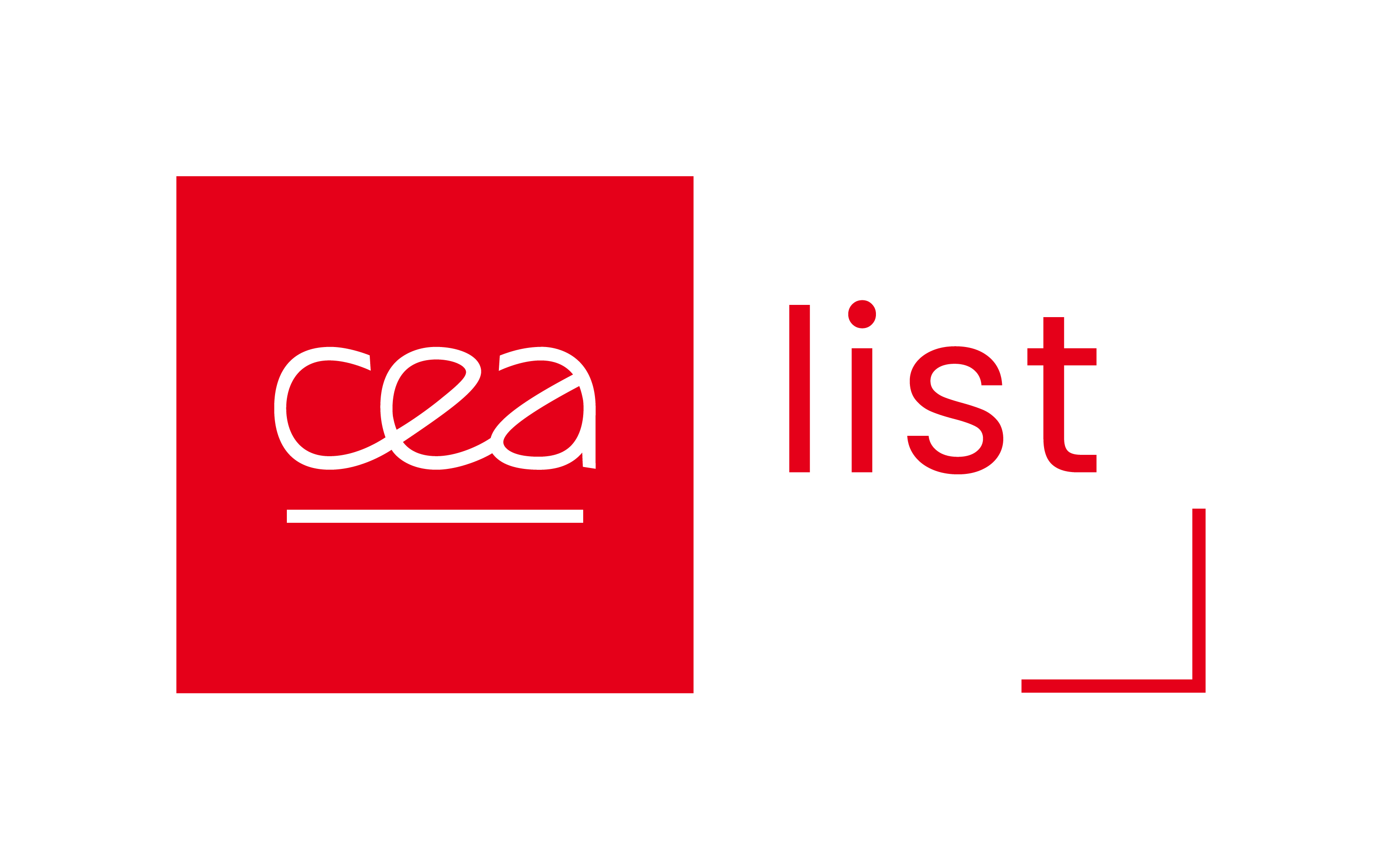Evaluation of neutron-induced activation gamma-rays creation and transport in a LaBr3 inorganic scintillator with PHITS
Résumé
In the framework of its R&D activities to support the metal industry, the Laboratory for Integration of Systems and Technology of CEA Paris-Saclay started studies with the aim of characterizing scrap metal by means of neutron activation analysis. This involves irradiating samples of scrap metal with a pulsed-neutron source in order to determine the copper composition (mainly Cu-65 and Cu-63). In this scope, the use of a LaBr3 detector with an energy resolution of 14.6 keV at 661 keV is hereby investigated to carry out acquisitions during and between the irradiation pulses. As pointed out in literature, the LaBr3 inorganic scintillator might suffer some damage in a neutron-rich environment. Understanding the degradation of the energy resolution of such detector due to a high dose environment is essential to analyse the recorded signal. In this context, the work described in the present paper explores the coherent creation of neutron induced activation products as well as their respective delayed gamma rays in the quite well established LaBr3 inorganic scintillator by the mean of two steps Monte Carlo simulations performed first with the DCHAIN code, and secondly with the PHITS general purpose Monte Carlo particle transport code. Coherence was shown between neutron-induced activation gamma rays and the isotopes created in the crystal, and between the isotopes created and their decay through time. Thus, this study validate the two-step calculation scheme with PHITS and DCHAIN for both the time and energy aspects.
Fichier principal
 CBV_ANIMMA_Neutron-induced_activation_gamma-rays_creation.pptx (8)
Télécharger le fichier
Fichier principal
CBV_ANIMMA_Neutron-induced_activation_gamma-rays_creation.pptx (8)
Télécharger le fichier
Fichier principal
 epjconf_animma2023_10011.pdf (1)
Télécharger le fichier
epjconf_animma2023_10011.pdf (1)
Télécharger le fichier
| Origine | Fichiers produits par l'(les) auteur(s) |
|---|
| Origine | Fichiers produits par l'(les) auteur(s) |
|---|---|
| licence |


